-
-
-
Tổng tiền thanh toán:
-
Getting Started
If you are finding a method of increasing your hair’s volume and length, using Tape in hair extenstions is one of the best choices. However, everything has two sides. The article below will show tape in hair extensions pros and cons which enables you to have a clear look about this method.
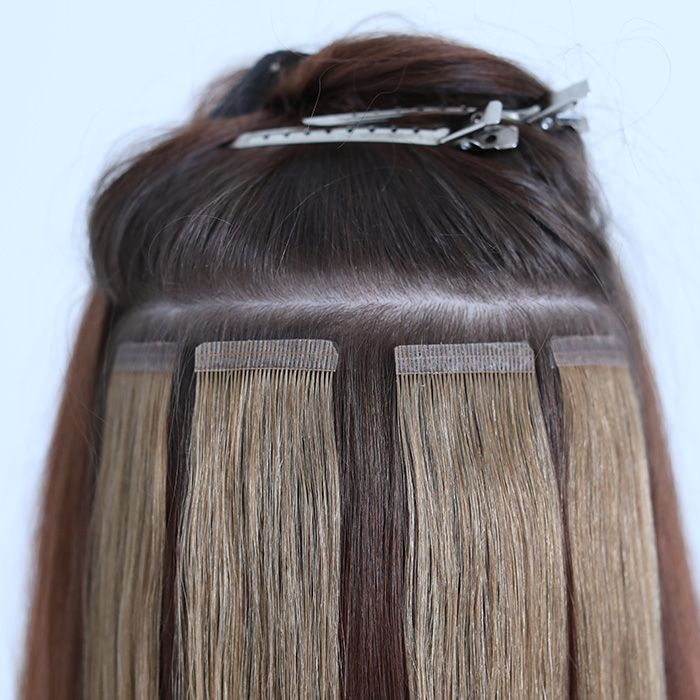
Pros
- Tape in hair extensions are the safest method of hair extensions available. The panels are lightweight and thin and also cover a larger area than other methods like Strand by Strand. When applied and removed correctly they cause no damage to the hair.
- Tape in hair extensions have the fastest application time. Volume applications take 10 – 30 minutes and Length applications take 40 – 60 minutes.

- Tape in hair extensions are reusable. The hair can be worn for up to 6 – 8 weeks per application, which is convenient because this is when most women would return to their salon for a cut or color service.
- Tape in extensions are the most natural looking and comfortable hair extension method available.
- Tape in extensions are one of the easiest methods for hairstylists to learn, and there are no heat tools or special equipment required for an application, just comb, and place.

Cons
- You can’t wash your hair or excessively sweat for 24 – 48 hours after application because the bond needs time to cure and adhere properly to the hair.
- You will need to use shampoo and styling products that are free of silicone or any oils because they could cause the panels to slip.
- Certain brands use tape that can become very tacky and leave a sticky residue during application.

Conclusion
Taking into account your budget and the pros and cons for a particular method is an important first step on deciding if a hair extension method is right for you. You should always have professional hair extensions applied by a licensed cosmetologist who is certified by the manufacturer in the method you choose.
Sample products displayed at the WORLD HAIR factory
Sample showroom in factory
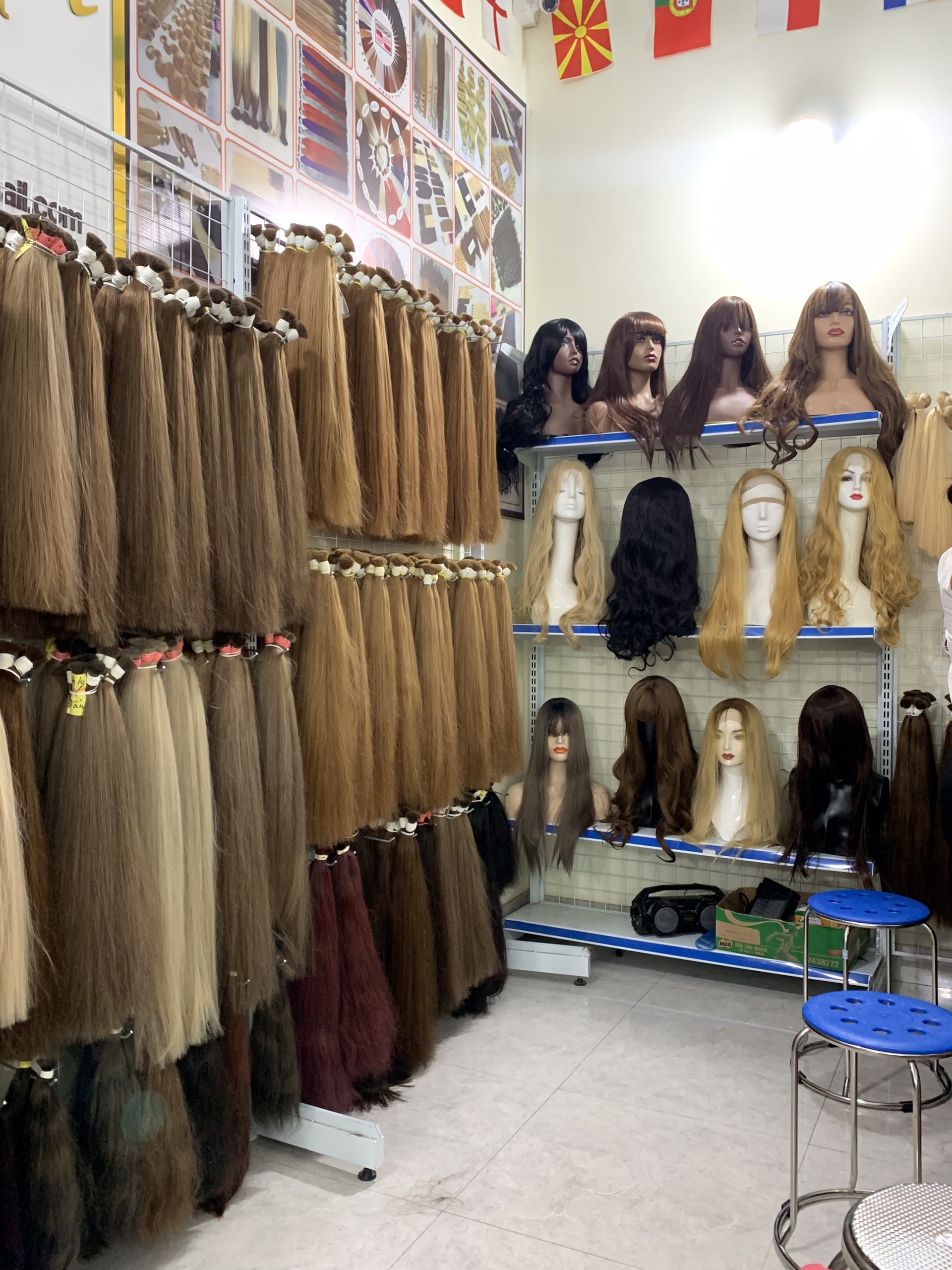
With a factory with a full range of production equipment, and a large number of workers. The company can meet wholesale and retail customers, with a variety of product designs.
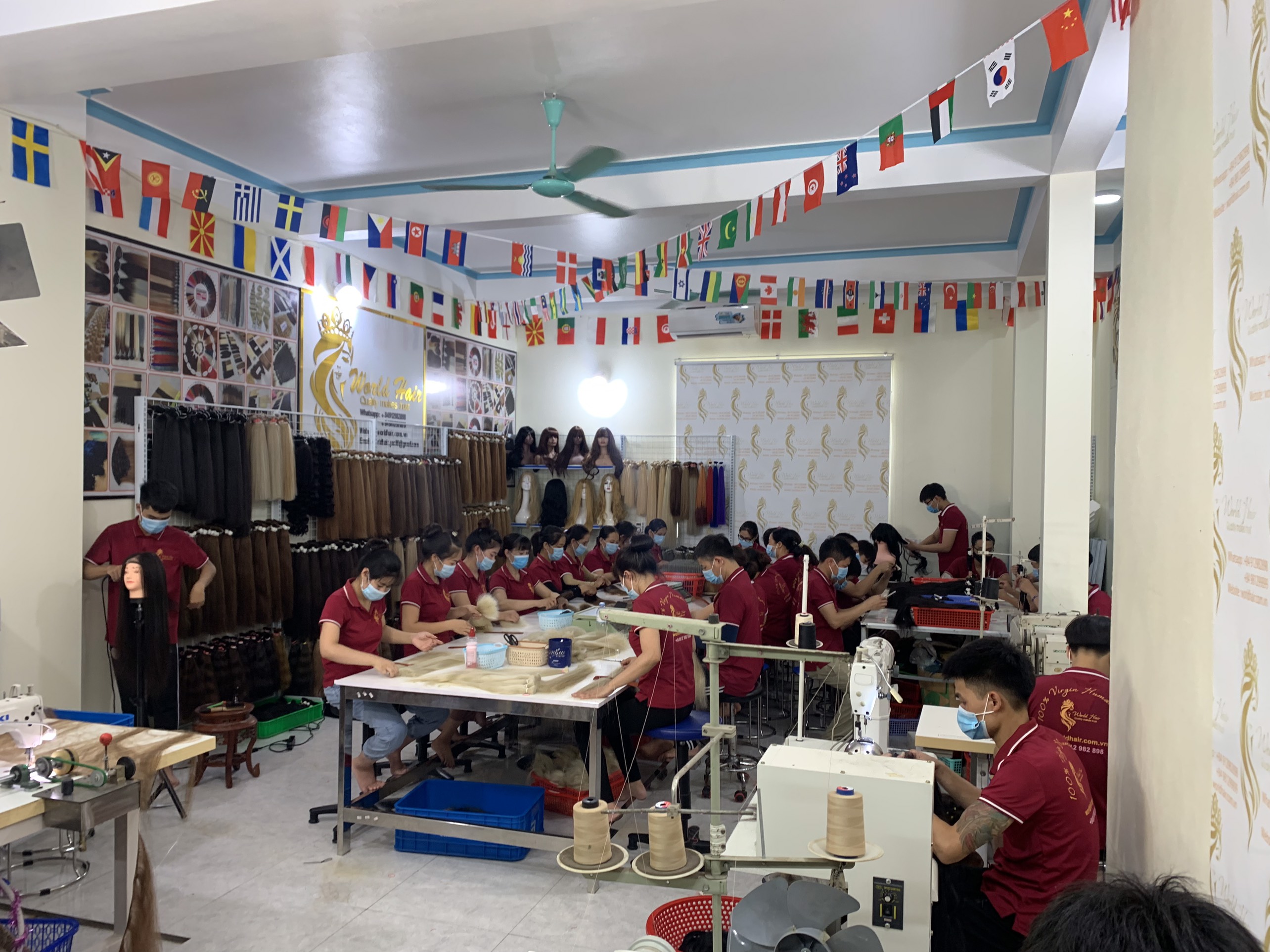
Here are 7 basics about sewing hair (weft hair) through the instructions of famous hairstylist Julius Nash.
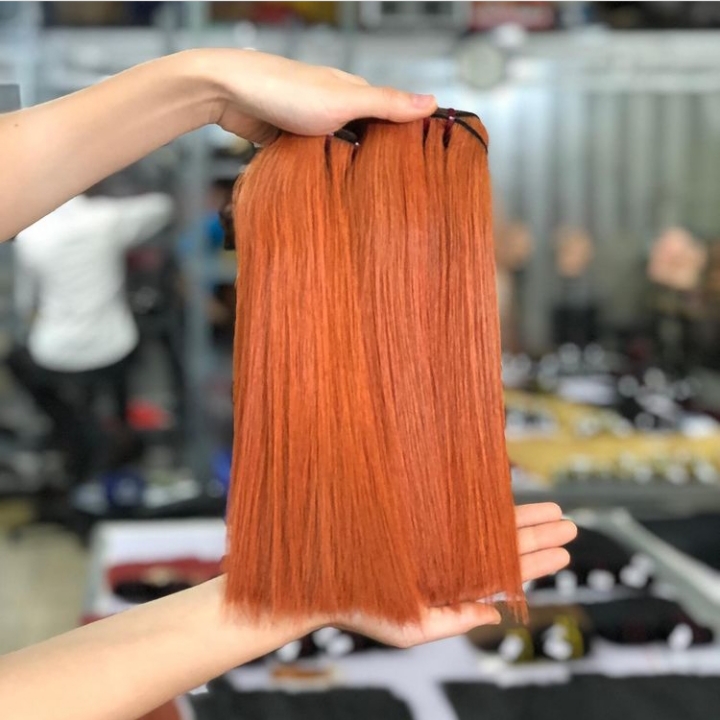
1. What is Sewing Hair?
The first thing you need to know when approaching this hair extension method is its concept. So what is sewing hair? Sewing hair extensions is the process where you use a needle to sew your hair into your braided hair. Because your real hair has been neatly braided, the exposure to damaging factors is reduced, so you almost don't have to spend any time taking care of your hair during the use of sewing hair.
2. How Long Does It Take To Sew Hair Extensions?
The length of time it takes to attach a set of hair largely depends on the length of your hair, the texture of your hair, and the type of hair you choose. The average time for a set of hair extensions is about 3-6 hours, which is quite long compared to other types of hair extensions. However, compared to braided hair, sewing hair extensions is much faster.
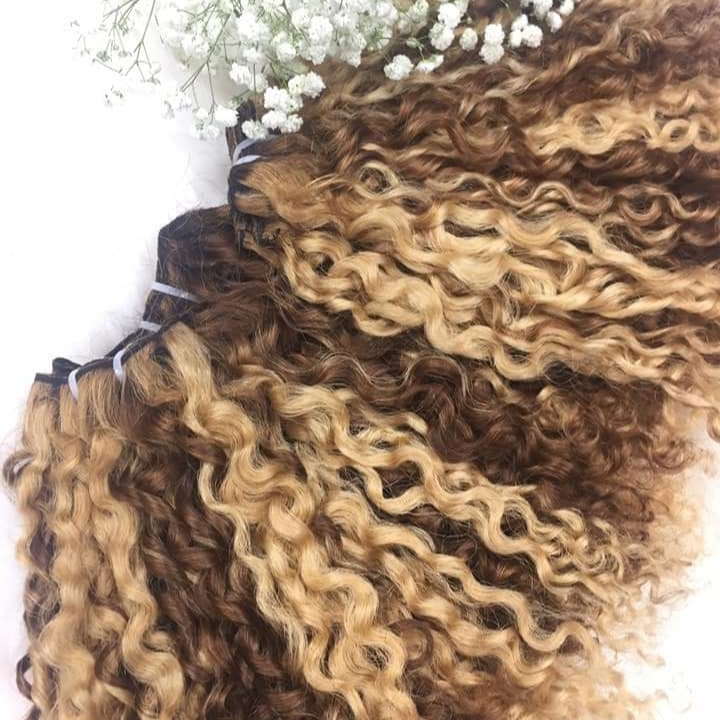
3. How Long Is The Lifespan Of Sewing Hair?
According to hairstylists, a set of eyebrows can be used for about 6 to 8 weeks, provided that you take care of it carefully and properly. Using hair that is overdue for more than 6 to 8 weeks can damage your hair or even affect your scalp. Therefore, the best way to avoid unwanted effects is to consult and stick to the hair extension schedule set by your hair stylist.
4. Will Sewing Hair Damage Your Hair?
The answer depends on how you connect your hair. Sewing hair can completely affect your hair if you choose the wrong method of care or connect it in the wrong way. To minimize the risk of hair damage from sewing, you should seek help from a reputable professional instead of handling it all yourself and asking for their advice on how to take care of your hair.
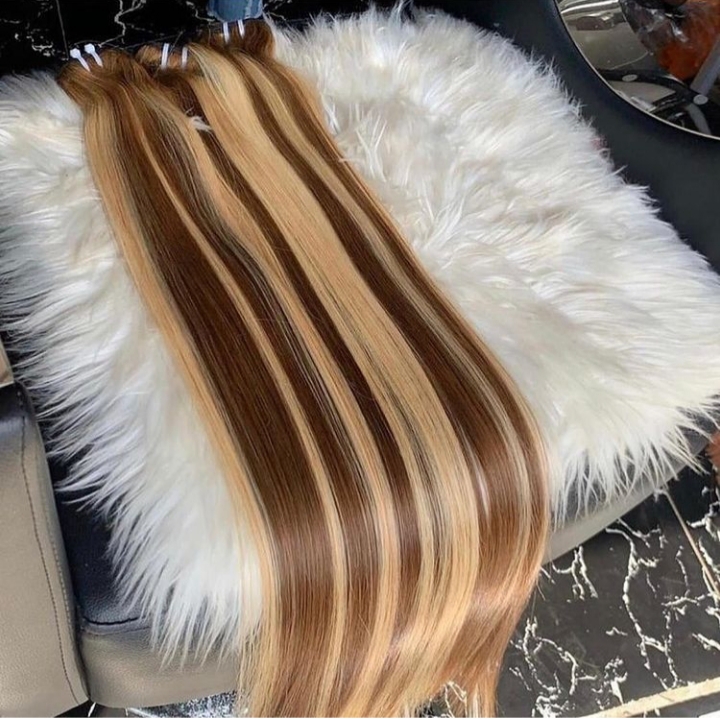
5. What is the Price Of A Sewing Hair Set?
The price of a hairdresser varies depending on the different businesses, the place that produces the hair as well as the stylist you choose. Typically, the price of a hair extension ranges from $100 to $600, regardless of the price of the hair. Sewing hair usually has a large price range, which is from $80 to $600 for a set of hair.
6. Best Hair Type For Sewing Hair
There are two main materials commonly used to produce sewing hair, which is synthetic hair and human hair. Both types of hair are produced in many forms from straight hair, wavy hair to curly hair. However, the natural level and styling of these two types of hair are completely different. Synthetic hair is often composed of polymer fibers and other synthetic materials, so heat styling or hair coloring is not possible. The price of a synthetic hair piece is also much cheaper than human hair for this reason. On the contrary, thanks to the durability and naturalness of human hair, human hair is often sold at a high price in the market. In return, you can completely confidently style as well as dye with hair made from real human hair.
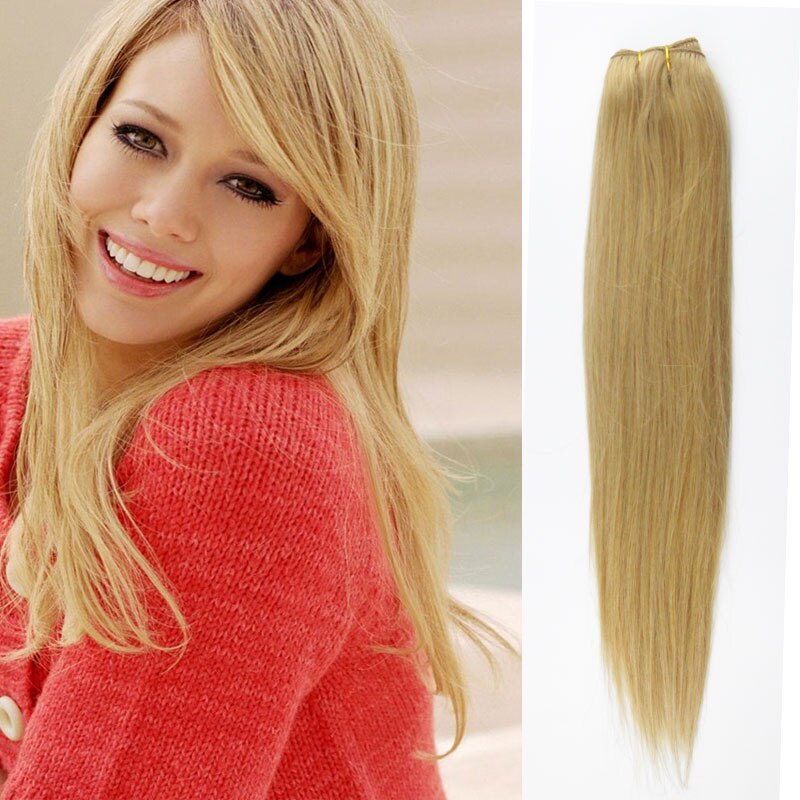
7. Can Sewing Hair Be Washed?
For wigs and extensions, we recommend that you find a professional hairstylist to avoid problems when washing your hair. Hiring a professional to wash your hair is not too expensive because you only need to wash your hair once every 2 weeks. If you still want to save some money and choose to wash your wig yourself, you should consider choosing gentle and sulfate-free shampoos and conditioners. When washing, you should use a wide brush to smooth the product, then wash it gradually from the ends of the hair to the roots.
- Treat them like your natural hair
If your extensions are sewn, microlinked, or taped in, you can wash them along with your natural hair in the shower. Be gentle, though, so that you don't loosen your extensions. If you're too rough with them, they won't last as long.
Be sure to use a moisturizing formula shampoo. The more that a shampoo moisturizes, the better it will be for your hair.
It is not a good idea to wash extensions that are glued or clipped in along with your natural hair. These should be removed and treated separately.
- Use sulfate-free shampoo
Sulfates are the cleaning detergents in shampoos that cause them to foam. Sulfates are effective cleaners. However, they can dry out the natural oils in your hair that serve to protect it. Your body is constantly creating new oils for your natural hair, but your extensions do not have a direct supply, so you need to be very careful about drying them out.
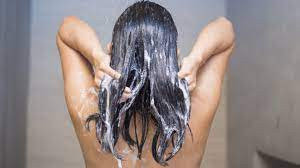
Sulfates can cause split ends to form in your hair. Sulfates can make your hair look dry or frizzy over time.
- Use conditioner
Each strand of hair has a protective cuticle layer. Not only does the cuticle layer protect the hair strand, it also reflects sunlight which gives your hair its shine. Throughout the day, the cuticle layer gets broken down, leaving your hair looking limp and dull.
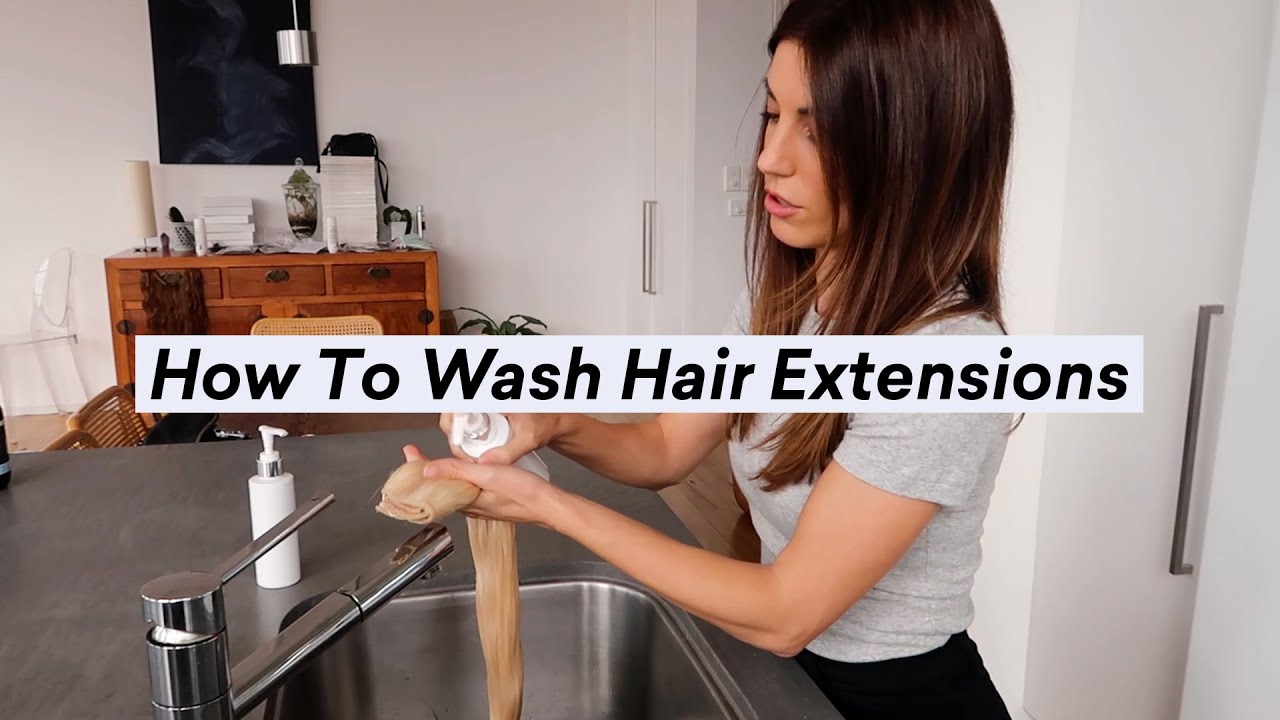
Conditioners give your hair back its body and shine by releasing positively charged particles that latch onto the negatively charged parts of your hair and repair the cuticle layers.
Make sure to work the conditioner all the way into the roots of your hair. If you have braids or curly extensions, you should use a leave-in conditioner on them during the day.
- Wash your extensions three to five times a week
Don't wash your extensions every day. Just like your normal hair, they'll become dried out if you over-wash them. On days that you don't wash your hair, give it a gentle rinse and use some conditioner.
How often you should wash your hair depends on its thickness, oil content and how much product you use in it.
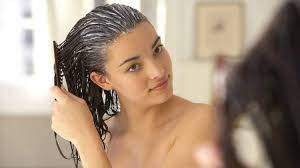
For example: Someone with thick, dry hair who doesn't use too much product wouldn't have to wash as often as someone with thin, oily hair who styles it daily.
- Dry your hair
Blow-dry your hair completely before going to bed. You should never go to bed while your permanent hair extensions are wet. Wet hair extensions will bunch up causing tangles to form. As you move around in your sleep, the tangles in your extensions could get stuck and pull on your natural hair, damaging it.
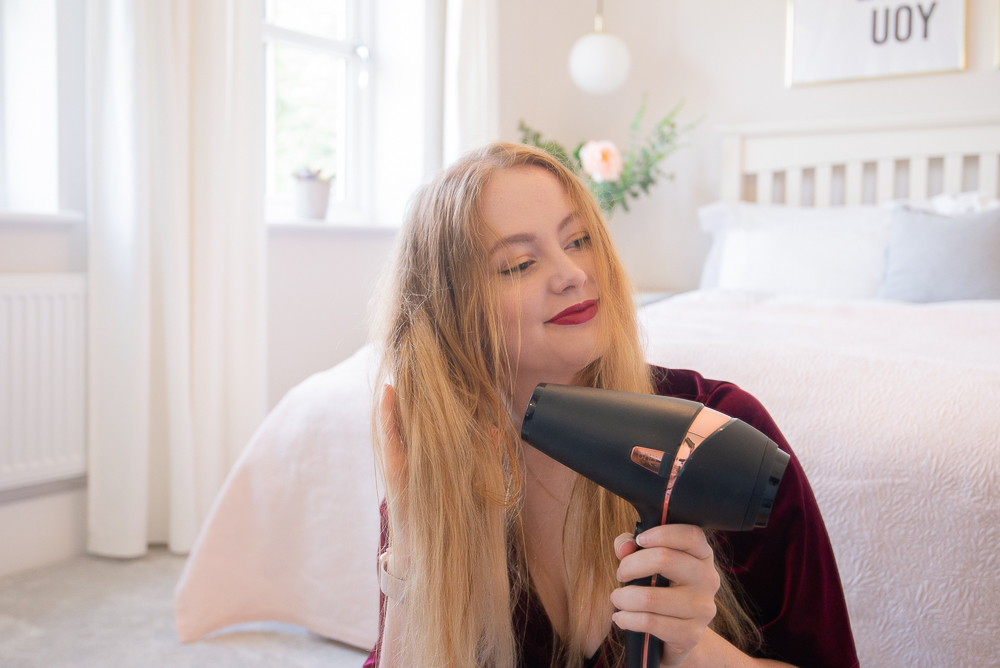
If your natural hair is braided underneath the extensions, make sure it gets completely dry, too. If it doesn't, you could develop mildew and an unpleasant odor.
It is very difficult to tell the difference between natural hair types on the market. It takes many years of working in the hair industry, gathering a lot of experience to be able to accurately identify the differences of each type.
- Virgin Hair (original natural human hair that has not been treated with chemicals such as: curling, straightening, dyeing). Virgin hair is considered the most perfect hair type today. This is a real natural hair that has not been affected by chemicals when it comes to beauty.
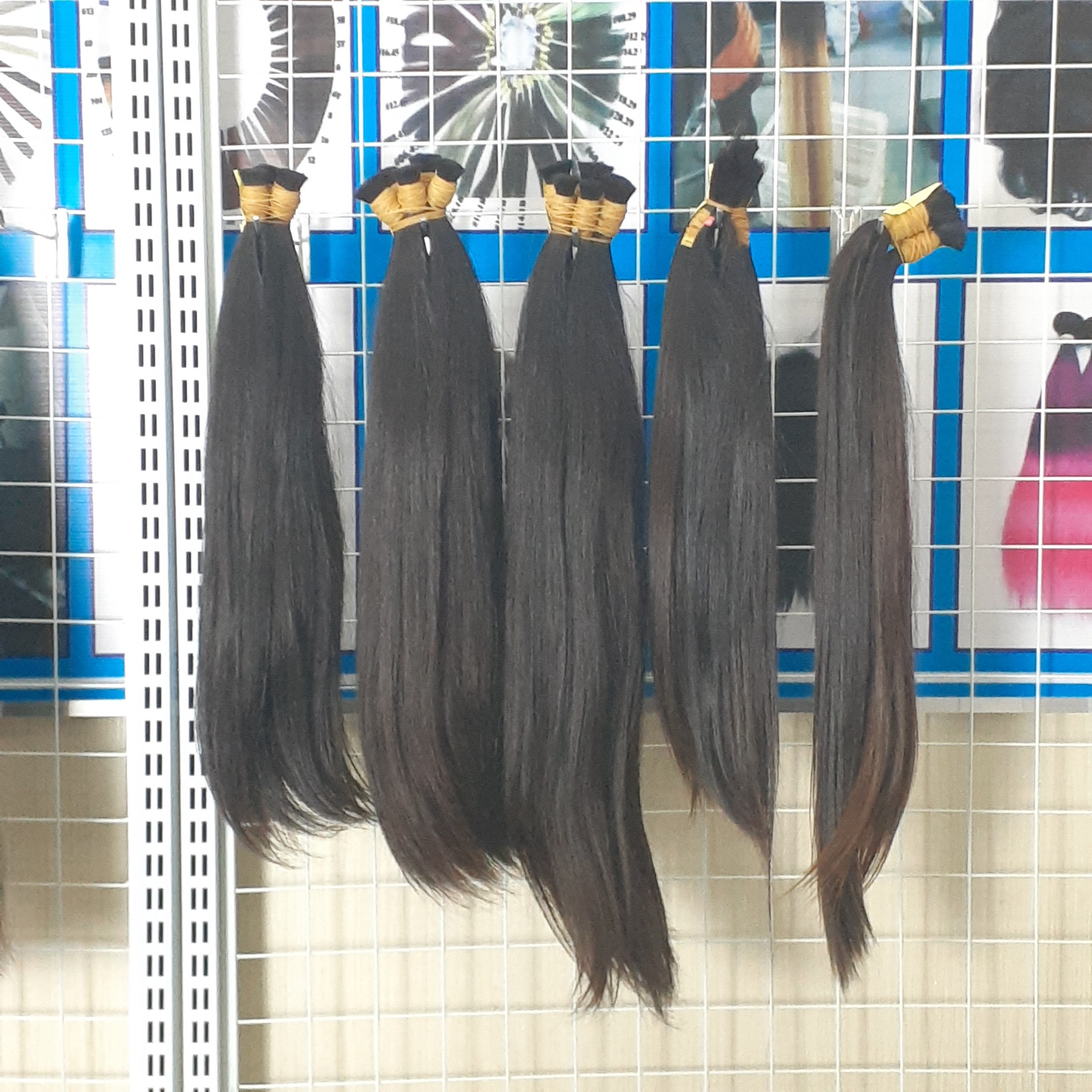
Virgin hair is of higher quality than man-made synthetic hair. They are selected from young women with long hair, the hair itself is not structurally changed due to the chemical components contained in curling, straightening and dyeing drugs. This means it is 100% pure hair, very strong and does not break easily. The price is quite expensive, so the effect is well worth it, Virgin hair has a longer time to use than other types of real hair. - Remy Hair (Natural real hair may be partially affected by chemicals). Remy hair has the same structure as Virgin hair but has different properties. The cuticle on the outside of the hair is arranged in one direction. This means that the hair follicles on the scalp are all aligned and grow naturally in a certain direction. When the hairs grow in the same direction, it will help the hair become smooth. Most of the wigs made with Remy hair are not tangled after washing and drying.

Compared with Virgin hair, Remy hair is not appreciated for its quality. Because the input selection is not too strict, the manufacturers have collected long hairs that are dyed or gently styled (With this type of hair, the cuticles have been gradually lost, so the hair is not good flexibility and elasticity).
- Non-Remy Hair (cheap real hair). Non-Remy hair is usually obtained from a variety of sources such as: orphanages, prisons, hospitals, men's barber shops and many more. With this collection method, the hair material is not guaranteed because this is a synthetic blend of many hair types (healthy, weak, bad, tangled hair). On the other hand, the direction of arranging the cuticle outside the hair is different, so the hair quality after finishing is very mixed.

Non-Remy hair when used can appear inevitable problems such as greasy, tangled, dry and broken hair. To overcome this problem, the manufacturer has soaked the hair with a specialized compound to remove the outer cuticle layer of the hair. Next, they coat the hair with a large amount of silicone mixture to fill in the holes, making the hair soft and strong. The first time when using them brings a sense of security and comfort, but only for a short period.
Hiện nay, nhu cầu thay đổi thường xuyên phong cách với mái tóc đang rất thịnh hành, nhưng việc thay đổi thế nào để trông luôn mới lạ nhưng cũng không ảnh hưởng đến chất lượng tóc chính là điều mà các chị em rất quan tâm. Chính vì vậy, mà sử dụng tóc giả đang rất được hoan nghênh.
Worldhair xin được chai sẻ vài thông tin về hướng dẫn sử dụng và bảo quản tóc giả tại nhà để các khách hàng có thể tham khảo kĩ hơn:
1. Cách sử dụng tóc giả:
Bước 1: Cách đội lưới trùm
- Các bạn dùng lược để chải tóc gọn, sau đó cho tròng lưới trùm tóc chụp vào cổ, kéo đường lưới lên đầu và nhét tóc thật vào lưới.
- Kéo đường lưới ở dưới để bao trùm hết đuôi tóc lên phần đỉnh đầu để tóc không bị rơi ra ngoài lưới. Dùng kẹp tăm cố định lưới trùm.
Bước 2: Cách đội tóc
- Chải gọn bộ tóc giả trước khi đội lên đầu. Chỉnh sửa tóc cho ngay ngắn để tạo form tóc.
- Tiếp theo dùng phần kẹp bấm cố định giữ tóc và lưới vào với nhau. Dùng lược để chải phần mái, đuôi tóc gọn gàng phù hợp với gương mặt.
Như vậy bạn đã hoàn thành một kiểu tóc mới mà hoàn toàn yên tâm không lo sợ bị tuột ra ngoài, rất chắc chắn.
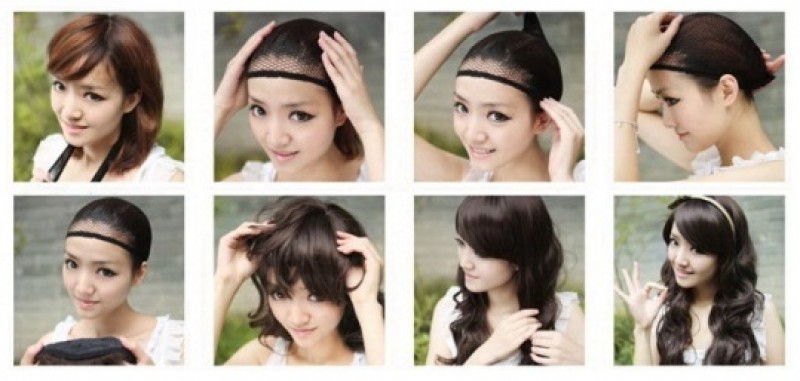
Cách thức đội tóc giả rất đơn giản
2. Cách bảo quản tóc giả:
Trước khi tiến hành vệ sinh tóc bằng cách giặt tóc thì nên chải tóc kĩ, hãy chắc chắn rằng không còn mối rối nào trước khi vệ sinh.
- Sử dụng dầu gội giúp làm sạch và dầu xả giúp bóng mượt tóc, chú ý nên vệ sinh tóc một cách nhẹ nhàng bằng những đầu ngón tay. Nên vệ sinh kĩ tại những điểm tóc tiếp xúc với khuôn mặt và da vì những chỗ đó dễ bị tích tụ nhiều mỹ phẩm, chất dơ, chất dầu.
- Xả tóc với nước lạnh theo chiều dọc của tóc, từ phần đỉnh đầu đi xuống.
- Dùng tay bóp nhẹ theo chiều dọc của tóc để tóc ráo nước. Không vắt hay vò tóc sẽ làm rối và dễ mất nếp tóc.
- Dùng khăn lông mềm thấm nước trên tóc và phơi tóc giả trên giá để khô tự nhiên. Không chải tóc khi đang ướt hoặc dùng máy sấy tóc.
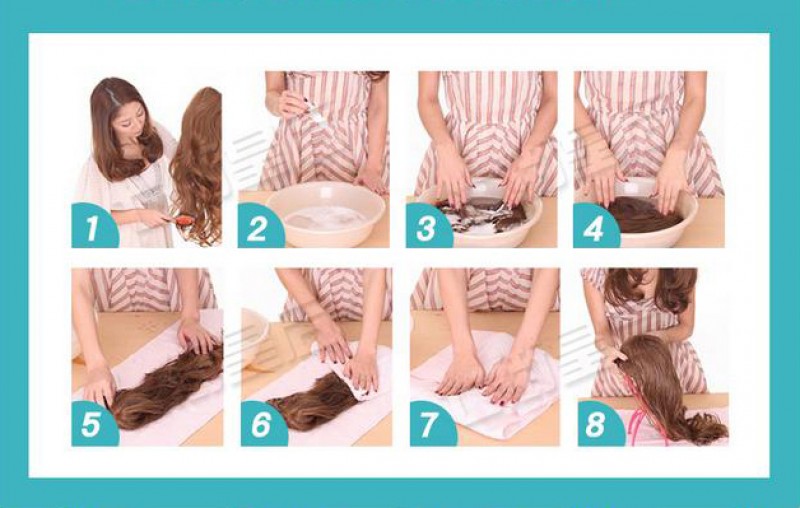
Việc vệ sinh tóc cẩn thận sẽ giúp mái tóc được sử dụng với thời gian dài.
Chú ý:
- Nếu bạn sử dụng tóc giả hàng ngày thì nên 1-2 tuần giặt một lần. Còn nếu sử dụng ít hơn thì có thể từ 4-5 tuần giặt một lần.
- Đồng thời, khi ra đường nếu có thể hãy cột tóc hoặc che chắn tóc cẩn thận để tóc không bị tiếp xúc nhiều với ánh nắng mặt trời, bụi bẩn.
- Với những bộ tóc giả đã làm uốn xoăn, thì không nên dùng lược chải phần uốn. Có thể dùng tay se tóc theo chiều kim đồng hồ hoặc để xoăn theo ý muốn.
PRODUCT QUESTIONS
Đăng ký tài khoản
Nếu bạn đã có tài khoản, vui lòng đăng nhập tại đây
Đăng nhập tài khoản
Nếu bạn chưa có tài khoản, vui lòng đăng ký tại đây





















